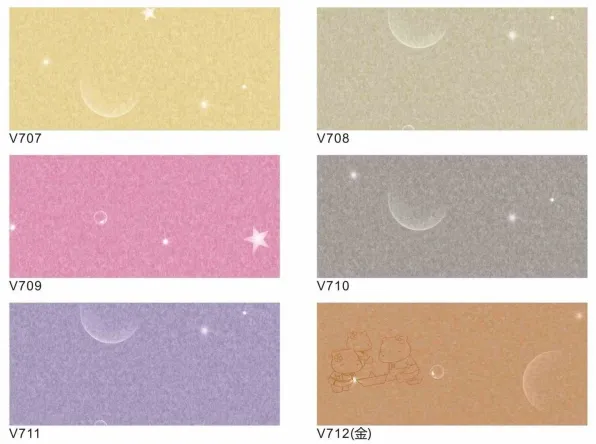Creative Designs for Wall Skirting Boards to Enhance Your Interior Style and Aesthetics
The Essential Guide to Wall Skirting Boards
Wall skirting boards, commonly referred to as baseboards in many regions, play a vital role in both the aesthetic appeal and functionality of interior spaces. Although often overlooked during home design, these architectural elements provide a seamless transition between the walls and the floor, offering numerous practical and decorative benefits.
What Are Wall Skirting Boards?
Wall skirting boards are typically made from wood, MDF (Medium Density Fiberboard), or PVC and are installed along the bottom of interior walls. They come in various styles, sizes, and finishes, allowing homeowners to select a design that complements their decor and personal taste. Traditionally, skirting boards are a few inches high, but their height and design can vary widely based on the style of the home and regional trends.
Aesthetic Appeal
One of the primary functions of skirting boards is to enhance the aesthetic appeal of a room. They can add character and depth, especially in spaces with high ceilings or intricate wall designs. In contemporary designs, minimalist skirting can create a clean and sleek look, while more ornate styles can add an element of classic charm and elegance. The color and finish of skirting boards also play a crucial role in the overall design scheme; for example, white skirting can provide a fresh, modern contrast against bold wall colors, while stained wood can enhance a rustic or traditional feel.
Protection for Walls and Floors
wall skirting board

Beyond their visual appeal, wall skirting boards serve a practical purpose by protecting walls from damage
. They act as a barrier against scuffs, marks, and scratches from furniture, vacuums, or general wear and tear. This is particularly beneficial in high-traffic areas such as hallways and living rooms, where walls are more susceptible to damage. Additionally, skirting boards help to conceal gaps between the floor and wall, ensuring a neat finish while preventing dirt and debris from accumulating.Installation and Maintenance
Installing skirting boards can be a straightforward DIY project for homeowners with basic carpentry skills. Most skirting boards are sold in standard lengths, which can be cut to size to fit individual rooms. When selecting skirting, it’s important to consider the height and style that best suit your space. Once installed, maintaining skirting boards typically involves periodic cleaning to remove dust and dirt, and, depending on the material, occasional touch-ups with paint or stain to keep them looking fresh.
Choosing the Right Skirting Boards
Selecting the perfect skirting boards for a home requires considering various factors. First, think about the architectural style of the home. For instance, a modern minimalist home may benefit from sleek, simple skirting, while a Victorian-style home could gain from more intricate designs. Additionally, color should be selected to either contrast or complement the wall color. Moreover, budget plays a significant role; while wood is often considered more luxurious, MDF offers a cost-effective alternative without sacrificing too much on aesthetic value.
Conclusion
In conclusion, wall skirting boards are much more than a decorative feature; they represent functionality, protection, and an opportunity for creative expression. By choosing the right skirting boards, homeowners can significantly enhance the beauty and durability of their interiors. Whether you're renovating your home or simply looking to refresh your space, skirting boards should not be underestimated. They are indeed an essential element in the tapestry of home design.
-
Waterproof Advantages of SPC Flooring Vinyl in KitchensAug.06,2025
-
SPC Hybrid Waterproof Flooring Thickness GuideAug.06,2025
-
Leveling Subfloor Before My Floor SPC InstallAug.06,2025
-
How Mesh Deck Skirting Improves Outdoor Pest ControlAug.06,2025
-
Choosing the Right Commercial Flooring for Your Business NeedsAug.06,2025
-
Choosing the Best Residential Flooring: A Comprehensive Guide to Style, Durability, and ComfortAug.06,2025




